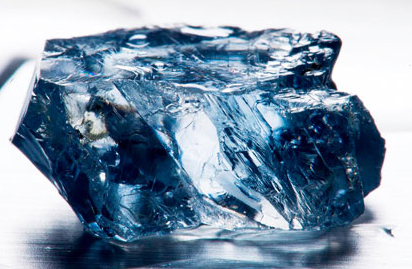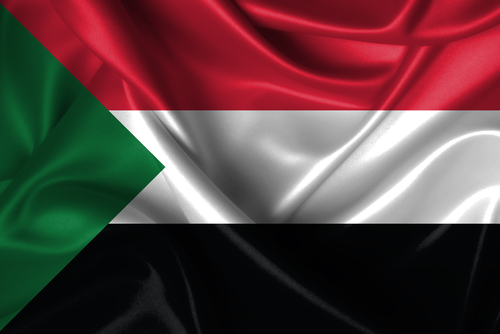
“As is typical of First Quantum, the project is doing very well and is progressing on-time and to budget.” Those were the words of John Gladston, Trident Resource Optimisation Manager, when we spoke during the summer of last year. The project he was referring to was of course the Trident project, the largest single project investment in Zambian history.



 FirstQuantum-Africa-Mining-Feb14-Bro-s.pdf
FirstQuantum-Africa-Mining-Feb14-Bro-s.pdf







